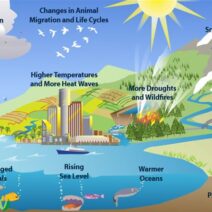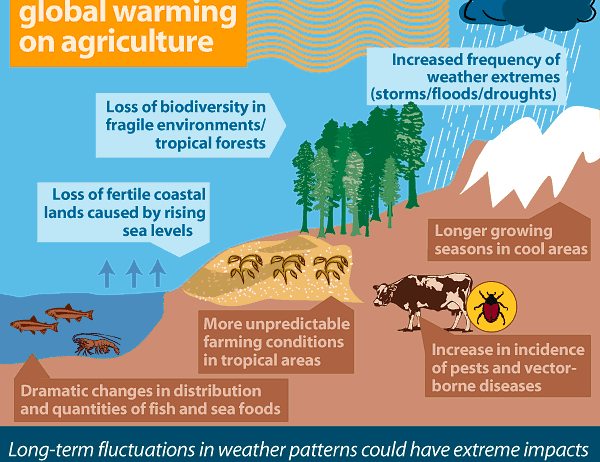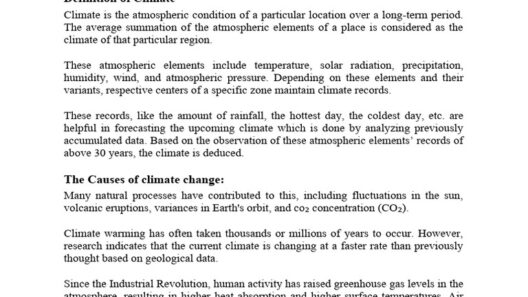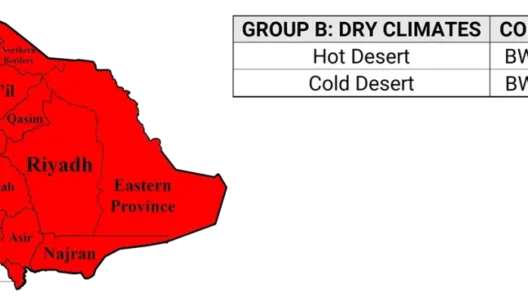The intricate relationship between farming and climate change has become increasingly evident. As global temperatures rise and weather patterns fluctuate, agriculture is both a contributor to and a victim of these environmental transformations. This duality raises significant questions about the sustainability of our food systems. Analyzing the various dimensions of farming—from animal husbandry to crop cultivation—can illuminate the ways in which agricultural practices impact the climate.
To begin with, one cannot ignore the emissions generated by livestock farming, particularly cattle. According to the Food and Agriculture Organization (FAO), livestock, primarily cows, are responsible for approximately 14.5% of global greenhouse gas emissions. This figure is not merely a statistic; it underscores a critical problem: methane emissions. Cows, through their digestive processes, produce methane, a greenhouse gas that is over twenty times more potent than carbon dioxide in terms of its heat-trapping capability. The sheer volume of cattle raised for consumption, often in concentrated animal feeding operations (CAFOs), exacerbates this issue. The implications of such practices extend beyond mere emissions; they encompass land degradation and water usage—factors that further strain the environment.
For instance, the demand for beef significantly contributes to deforestation. In regions such as the Amazon rainforest, vast tracts of land are cleared to create pasture for grazing. This leads to a loss of biodiversity and reduces the planet’s capacity to sequester carbon. The question arises: can we continue to consume beef at current levels without devastating our forests? Rethinking dietary patterns may thus be a necessary step toward mitigating climate change.
Furthermore, crop cultivation also plays a pivotal role in the climate equation. Conventional farming practices often rely heavily on synthetic fertilizers and pesticides. The production and application of these chemicals release nitrous oxide, another potent greenhouse gas. Additionally, monoculture farming—where a single crop is grown over extensive areas—tends to deplete soil nutrients, requiring greater quantities of fertilizers and leading to a vicious cycle of dependency. Environmental degradation is not an abstract concern; it compromises the long-term viability of agriculture itself.
The carbon footprint associated with agriculture extends beyond the gases emitted during farming. The transportation of food products contributes substantially to emissions. Globalization has facilitated a system in which food is often transported thousands of miles before reaching consumers. This chain not only increases fossil fuel consumption but also heightens the vulnerability of food supplies to climate-related disruptions. Extreme weather events, driven by climate change, can cripple supply chains, revealing the fragility of our food systems.
Agricultural practices also affect land use patterns. The expansion of crop land into pristine natural habitats not only contributes to the loss of carbon sinks but also disrupts local ecosystems. The conversion of wetlands into arable land, for example, impairs water purification systems and exacerbates flooding. Moreover, such practices can lead to soil erosion, reducing agricultural productivity in the long term. It is imperative to consider sustainable land use strategies that harmonize agricultural needs with ecological integrity.
Resilient agricultural systems, therefore, must embrace sustainable practices that limit their ecological footprint. Regenerative farming techniques, which focus on enhancing soil health and biodiversity, present a viable solution. Crop rotation, cover cropping, and reduced tillage can improve soil structure and sequester carbon, turning farms into potential carbon sinks rather than sources of emissions. Such practices challenge the status quo and invite farmers to redefine productivity in terms of sustainability rather than mere output.
The societal implications of how we farm cannot be overlooked. Smallholder farmers, particularly in developing regions, often face the brunt of climate change impacts. Changes in rainfall patterns and increased pest infestations threaten their livelihoods and food security. Addressing these inequities is paramount. By investing in education and resources for sustainable farming techniques, societies can empower these farmers to adapt to changing climates while preserving their vital role in food production.
Moreover, the consumer’s role in this equation is critical. As awareness grows regarding the environmental impacts of food choices, consumers have the power to drive change by supporting sustainable farming practices and opting for local, seasonal products. This not only reduces transportation emissions but also fosters local economies, creating a more resilient food system.
In conclusion, the intricate dynamics between farming and climate change warrant a comprehensive examination. From the methane emissions of cattle to the carbon footprint of crop transport, each aspect of agriculture contributes to the broader climate crisis. Yet, there is room for hope through regenerative practices and consumer empowerment. A shift toward sustainable agriculture can mitigate adverse effects on the climate while ensuring food security for future generations. The question remains: will society embrace these necessary changes, or will it continue on a path of environmental compromise?








